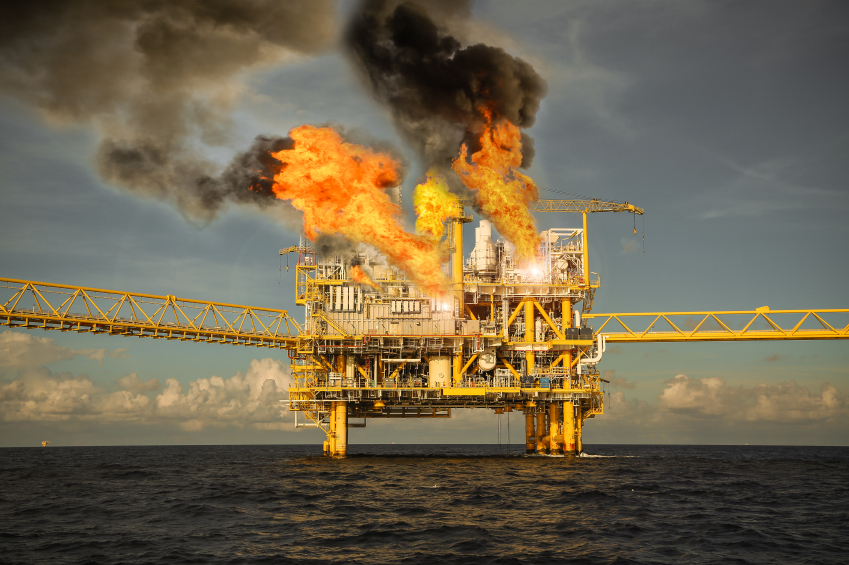In an effort reminiscent of the Occupational Safety and Health Administration’s (OSHA) very successful “Safety Stand-Down” program to prevent falls in construction, the agency has launched a program to protect workers in the oil and gas (O&G) industry. It’s called “Step Up for Safety,” and OSHA and its partners are encouraging employers to conduct “Step Up” activities through the end of March.

|
The top three fatal hazards in the O&G industry are transportation incidents, struck-by/dropped object hazards, and fire and explosion hazards. Yesterday we looked at preventing transportation fatalities; today we’ll look at preventing deaths from struck-by/dropped object hazards and from fire and explosion hazards.
Struck-By/Dropped Object Hazards
Contact with objects and equipment—the Bureau of Labor Statistics category for this type of injury—accounted for 26% of deaths in the O&G industry between 2003 and 2013, according to a National Institute for Occupational Safety and Health (NIOSH) analysis. In the O&G industry, these types of deaths are frequently caused by rigging problems and failures that lead to the dropping of extremely heavy loads.
OSHA has issued two “Fatal Facts” reports on dropped-load incidents in the industry. Its recommendations for preventing these incidents include:
- Keep employees clear of lifted and suspended loads.
- When rigging loads to be lifted with slings, make sure that the sling will remain securely attached to the load throughout the entire lift.
- Use tag lines to keep workers clear and to control lifted and suspended loads.
- When hoisting and moving the load, there should be no sudden acceleration or deceleration.
- Have all wire rope slings inspected by a competent person for damage before each use, and immediately remove damaged or defective slings from service.
- Periodically lubricate wire rope, following the field lubrication requirements from the wire rope manufacturer.
- Implement a slipping and cut-off preventive maintenance program for hoisting lines.
- Perform service life calculations based on ton-mile limits.
- Provide worker training in:
- Properly rigging loads
- Handling suspended loads
- Sling and wire rope inspection criteria (what to look for)
- Preventive maintenance requirements for wire rope
- How to identify, prevent, and protect against struck-by, falling object, and suspended load hazards on the rig floor
- Spark arrestors for internal-combustion engines;
- "NO SMOKING" signs posted in areas with flammable gas or vapor hazards;
- Placing spark-producing equipment and facilities well away from areas with flammable gases and vapors;
- Keeping vehicles with catalytic converters out of the immediate vicinity of the rig; and
- Prohibiting open flames in the vicinity of the rig.
Fire and Explosion Hazards
Fire and explosion hazards accounted for 14% of all fatalities in the O&G industry between 2003 and 2013, according to NIOSH. There are many sources of flammable gases on a well site, including well gases, vapors, and hydrogen sulfide. Just to keep things interesting, ignition sources were also plentiful, ranging from static electricity and electrical energy sources to open flames, lightning, cigarettes, cutting and welding tools, hot surfaces, and frictional heat.
O&G sites need to have an ignition safety program in place to control these sources. Recommended control strategies include:
Need more advice on industry-specific hazard controls? You’ll find what you’re looking for at Safety.BLR.com®.
